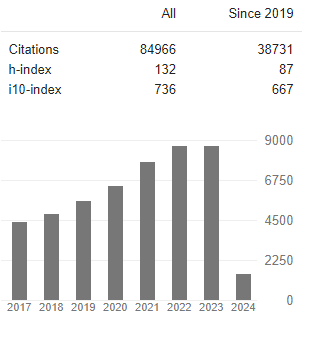Plant Breeding Biomolecular Classification in Quantum Bayesianism (QBism) Physics- Informed Neural Network Architecture
Abstract
Barbara S. Keary and Karriem A. J. Perry
Plant science, in particular plant breeding, with its emphasis on gene manipulation thereby containing extraordinarily large datasets, can benefit from greater penetration of Machine- Learning (ML) and Deep Learning (DL) tools for solutions to problems from multi-classification (M-class) and optimization to anomaly detection, to time-series analysis and forecasting [1,2]. Deep learning (DL) contributes to plant science by simulating biochemical behaviors and assisting with the spatial analysis of plant evolution. A majority of the improvements made in machine learning (ML) and deep learning (DL) are not fully explored by disciplines outside of computer science, the physical sciences, engineering, and mathematics [3]. Plant science will advance more rapidly if it makes better use of related advances in ML, DL, and other constructs to solve the growing complexity of challenges in food security [4,5]. Of particular utility is physics- informed ML; physics-informed, or scientific ML, analyzes and interprets scientific datasets using novel methods drawn from both ML and the advanced mathematics field known as scientific computing. These techniques are critical for the next set of advances in data-heavy scientific disciplines, including plant breeding.




